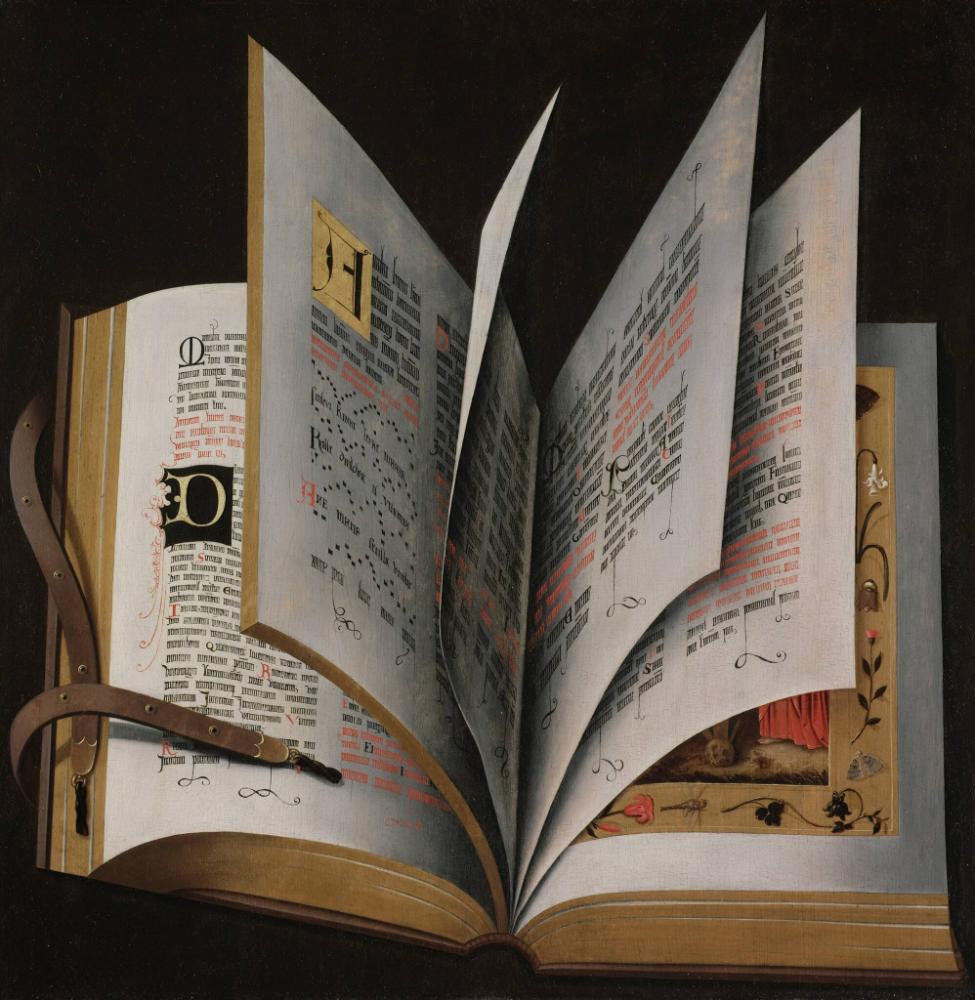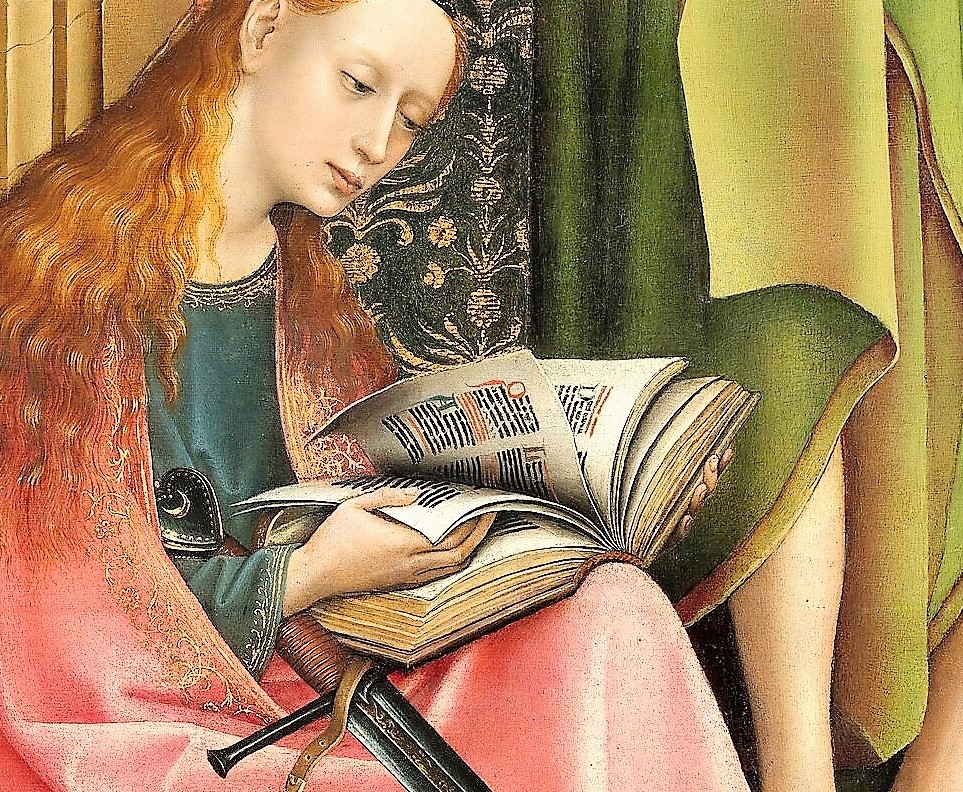https://basira.library.upenn.edu
About the Project:

BASIRA (Books as Symbols in Renaissance Art) is a new, open-access online database of representations of books and other textual documents in the figurative arts between approximately 1300 and 1600 CE, the period encompassing the advent of print culture in Europe and its neighboring regions. Users anywhere can browse and query thousands of images of books from a constantly expanding dataset. Dozens of aspects of a book’s depiction can be searched, including details of its binding, bookmarks, contents, and position. In addition, users may search for the particulars of who or what is interacting with the book, and how that action is taking place.

Over time, we plan to expand the chronological and geographic reach of this resource, making it a central hub for historic depictions of the book. As a project, BASIRA aims to foster connections between scholars, curators, conservators, and all other persons interested in book history and the visual arts. We encourage you to explore the data base for research and teaching, propose new artworks for inclusion through our online portal, and contact us with any questions or remarks.
Enter the database: https://basira.library.upenn.edu
Contribute content: Via this form
Contact us: info@basiraproject.org
Quickstart Guide:
